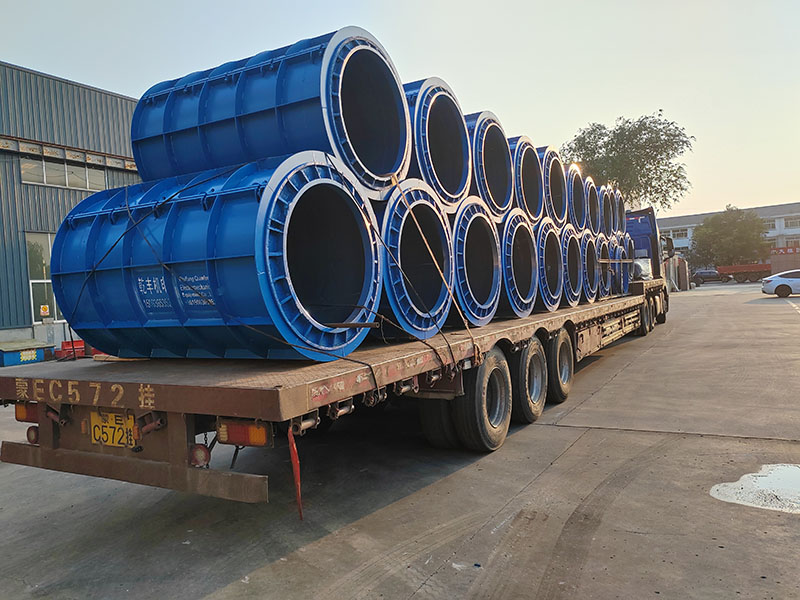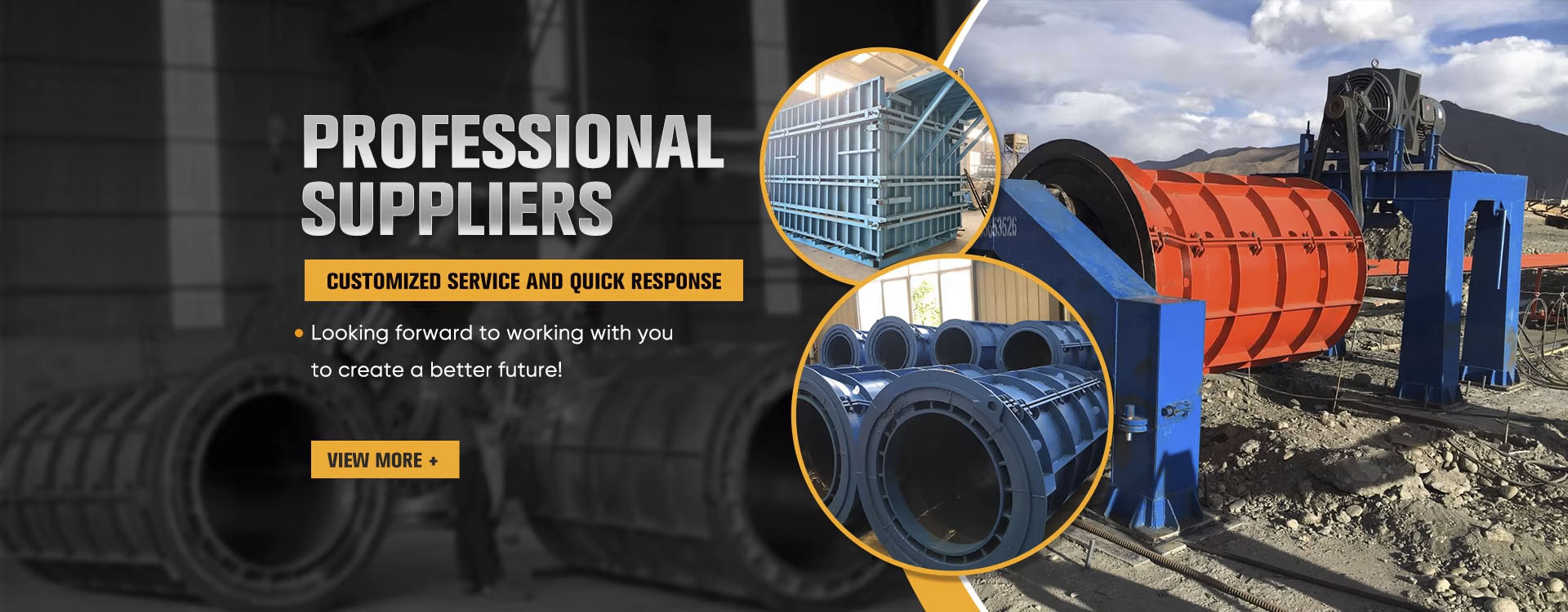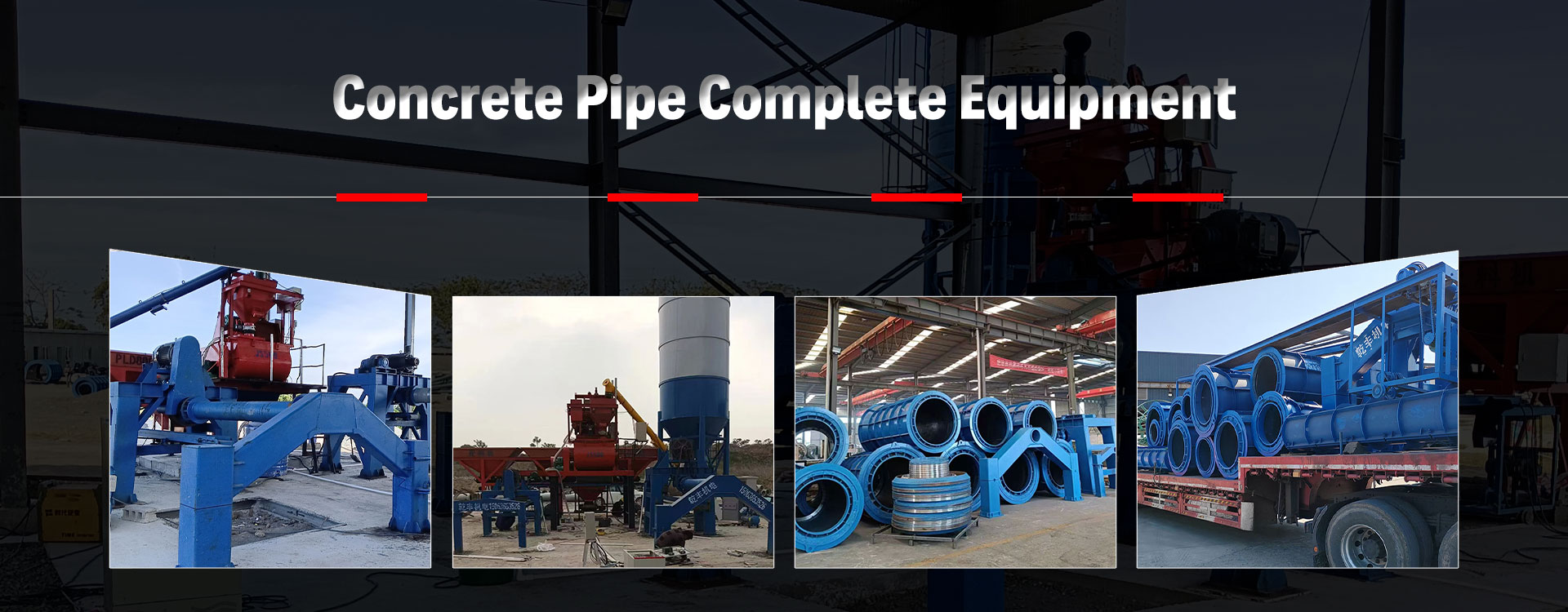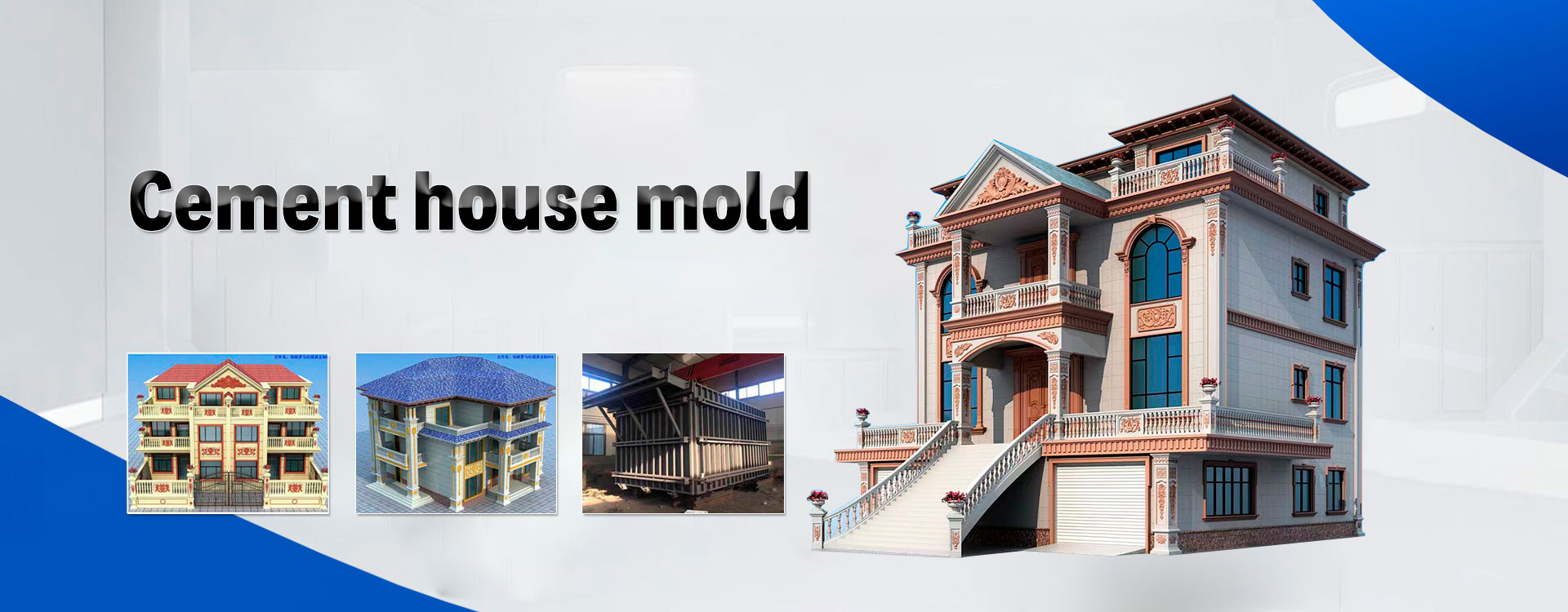Weifang Qianfeng Electromechanical Equipment Co., Ltd.

How to Choose the Best Lifting Equipment for Your Project?
Selecting the right lifting equipment is crucial for the efficiency and safety of your precast concrete projects. At Weifang Qianfeng Electromechanical Co., Ltd., we specialize in high-quality Precast Concrete Component Equipment and Lifting Equipment tailored for diverse industrial needs. Whether you're a project manager, technician, or decision-maker, this guide will help you evaluate key factors like load capacity, durability, and compliance to ensure optimal performance for your Concrete Pipe Equipment or Concrete Mixing Plant operations.
1. Understanding Load Capacity and Safety Standards
When selecting lifting equipment for Precast Concrete Component production, the primary consideration must be load capacity. Equipment must handle not only the weight of standard components but also accommodate potential overload scenarios. The European Standard EN 13001 and OSHA regulations in the US provide clear guidelines for load calculations, including dynamic factors and safety margins. For example, a typical Concrete Pipe Equipment line may require cranes with capacities ranging from 5 to 50 tons, depending on pipe diameter and wall thickness. Our engineers at Weifang Qianfeng always recommend adding a 25-30% safety margin above your calculated maximum load to account for material variations and unexpected stresses during lifting operations.
2. Durability and Maintenance Requirements
The harsh environment of concrete production facilities demands exceptionally durable Lifting Equipment. Galvanized steel components, sealed bearings, and corrosion-resistant hydraulic systems become essential features when working with Concrete Mixing Plants where cement dust and moisture are constant challenges. Our field studies show that equipment with IP65-rated electrical components lasts 40% longer in precast factories compared to standard models. Maintenance intervals should align with production cycles - for continuous operations, we suggest equipment allowing lubrication and inspection without complete disassembly. The chart below compares maintenance needs across different lifting system types:
3. Technical Specifications for Specialized Applications
Precast Concrete House Mold operations require precise positioning capabilities that standard lifting equipment often can't provide. Our technical team has identified three critical specifications for mold handling: 1) Variable speed control (±5% speed stability), 2) Anti-sway technology (especially for tall wall panels), and 3) Millimeter-level positioning accuracy. For Concrete Pipe Equipment, the lifting system must accommodate both radial and axial forces during demolding. We've developed proprietary lifting beams that distribute stress evenly across pipe segments, reducing cracking during transfer from casting beds to curing areas. These solutions have helped clients in South America and Southeast Asia increase production yields by up to 18% while reducing product damage during handling.
4. Cost Analysis and ROI Considerations
While initial purchase price matters, smart buyers evaluate total cost of ownership over a 10-year period. Our data from African and Asian markets shows that investing in higher-grade Lifting Equipment for Concrete Mixing Plant operations typically pays back within 2-3 years through reduced downtime and maintenance costs. Energy efficiency becomes another crucial factor - modern frequency-controlled hoists can cut power consumption by 30-40% compared to traditional models. For budget-conscious operations, we offer phased upgrade plans where core components can be enhanced progressively as production scales up. Below is a typical cost breakdown our clients consider:
- Initial equipment purchase: 45-60% of total cost
- Installation and commissioning: 10-15%
- 5-year maintenance budget: 20-25%
- Energy consumption: 5-10%
- Training and certification: 3-5%
Why Choose Weifang Qianfeng Electromechanical?
With over a decade of experience exporting to 30+ countries, we understand the unique challenges of Precast Concrete Component Equipment operations across different climates and regulatory environments. Our lifting systems integrate German engineering principles with localized support networks, ensuring both performance excellence and responsive service. From factory planning to after-sales support, we provide complete solutions rather than just equipment. Contact our international team today for a customized lifting equipment proposal tailored to your specific Concrete Pipe Equipment or precast production needs.
Frequently Asked Questions
Q: How do I determine the right lifting capacity for my Concrete House Mold operations?
A: Calculate the heaviest component weight, add 30% safety margin, then consider simultaneous lifting needs. Our engineers can perform precise load analysis based on your mold designs.
Q: What certifications should I look for in precast lifting equipment?
A: Essential certifications include CE marking (EU), OSHA compliance (US), and GB standards (China). For tropical climates, we recommend additional corrosion protection certifications.
Q: Can existing Concrete Mixing Plant infrastructure support new lifting systems?
A: We conduct comprehensive facility audits assessing structural support, power supply, and spatial constraints before proposing any upgrades or new installations.
Leave A Message
If you are interested in our products and want to know more details, please leave a message here, we will reply you as soon as we can.



